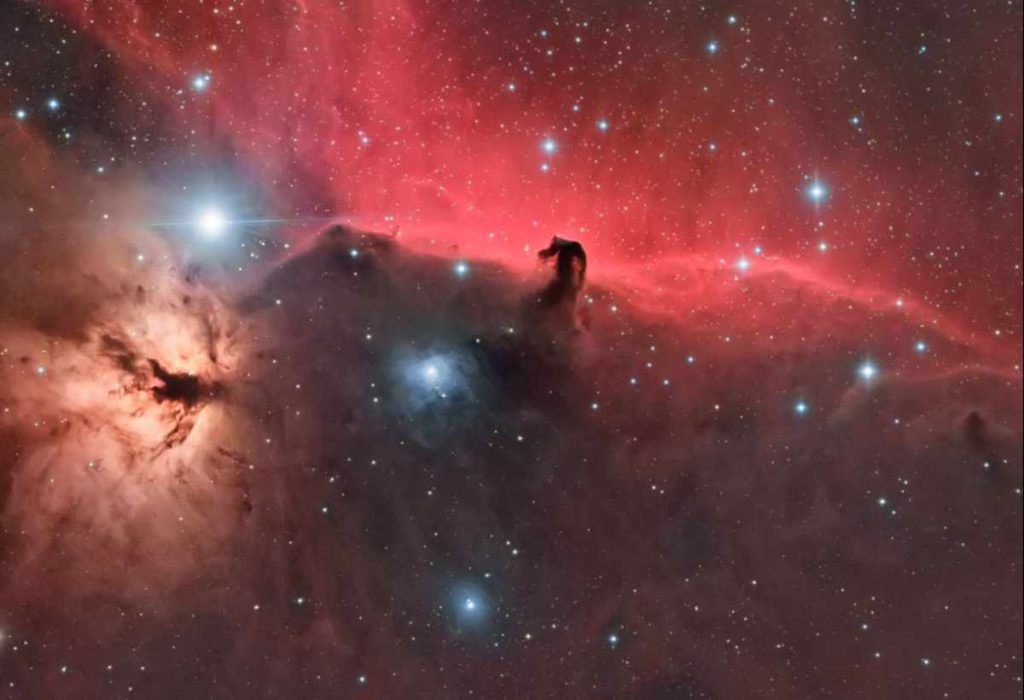NASA shares an infrared photo of Nebula from the Orion constellation which is 1,500 light-years away. Another infrared lens was used to get this. The actually shared post was set up on the NASA Hubble Instagram official account, which now and again treats the followers with spellbinding photographs of the universe.
The post said, “When seeing celestial entities through observable light – light that the normal eye can see – thick clouds of dust can appear to be shadowy. To discover this current nebula’s faltering, ethereal wisps, the Hubble Space Telescope goes to infrared light[sic].” According to the post, the Horsehead Nebula, arranged around 1,500 light-years away in the constellation Orion, is maybe the most viably seen nebulae in the night sky. This coherent visualization revives the astounding cosmic presentation by recreating an outing through an infrared perspective of the nebula.
The inquisitively shaped Nebula, in any case called Barnard 33, was first found on a visual plate in the last piece of the 1800s. The red light comes from hydrogen gas ionized by the bordering star Sigma Orionis, which is generally found behind the nebula. Though the lower half of the Horsehead’s neck throws a shadow aside, the darkness of the Horsehead is chiefly a result of thick dust. An astounding magnetic field channels gas streams leaving the nebula. The Horsehead Nebula’s magnificent patches are young stars during the time spent developing. Its disclosure had gotten a huge load of media thought on account of its stand-out shape, which gave it its name.
In the post, the visualization credits are given to NASA, ESA, and G Bacon, T Borders, L Frattare, Z Levay, and F Summers (Viz 3D Team, STScI); Horsehead picture: NASA, ESA, and the Hubble Heritage Team (STScI/AURA), J Emerson (ESO, VISTA), and Cambridge Astronomical Survey Unit. Night sky picture: A Fujii; Survey picture: Digitized Sky Survey (DSS), STScI/AURA, Palomar/Caltech, and UKSTU/AAO; IR picture: J Emerson (ESO, VISTA), and Cambridge Astronomical Survey Unit. Meanwhile, music credits for the post are given to “Finder,” Jamal Steven Pilgrim [ASCAP], Open Note, In Reality, Universal Production Music.
